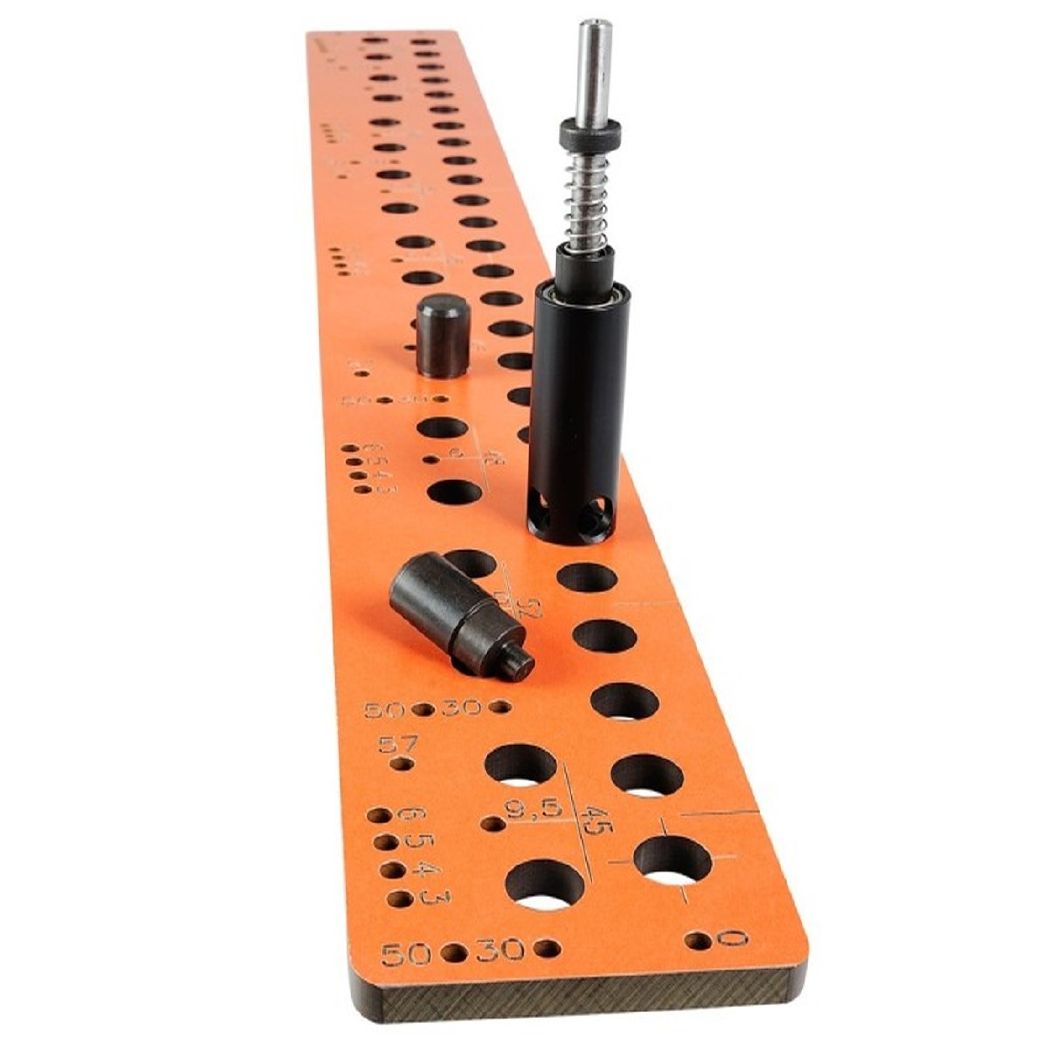[member=69760]Lincoln[/member] - That's certainly one way to go about it and would be well worth the small increased use of material. Thanks for the guidance! 
That said, I'm hoping to keep the seamless look of full uninterrupted panels on both sides of the cabinet so I'll likely stick with an approach that allows for that.
And, actually, while writing this just now it occurred to me that I could clamp a short length of sacrificial panel onto the panel that the hinge plate will be affixed to and reference off the bottom edge of that sacrificial panel, taking care to simply account for the increased depth of plunge that will be needed to get all the way through the sacrificial panel and the necessary depth into the panel underneath. I may have just answered my own question, though your out-of-the box thinking definitely opened my mind up to the other possibilities!
Cheers!
That said, I'm hoping to keep the seamless look of full uninterrupted panels on both sides of the cabinet so I'll likely stick with an approach that allows for that.
And, actually, while writing this just now it occurred to me that I could clamp a short length of sacrificial panel onto the panel that the hinge plate will be affixed to and reference off the bottom edge of that sacrificial panel, taking care to simply account for the increased depth of plunge that will be needed to get all the way through the sacrificial panel and the necessary depth into the panel underneath. I may have just answered my own question, though your out-of-the box thinking definitely opened my mind up to the other possibilities!
Cheers!

